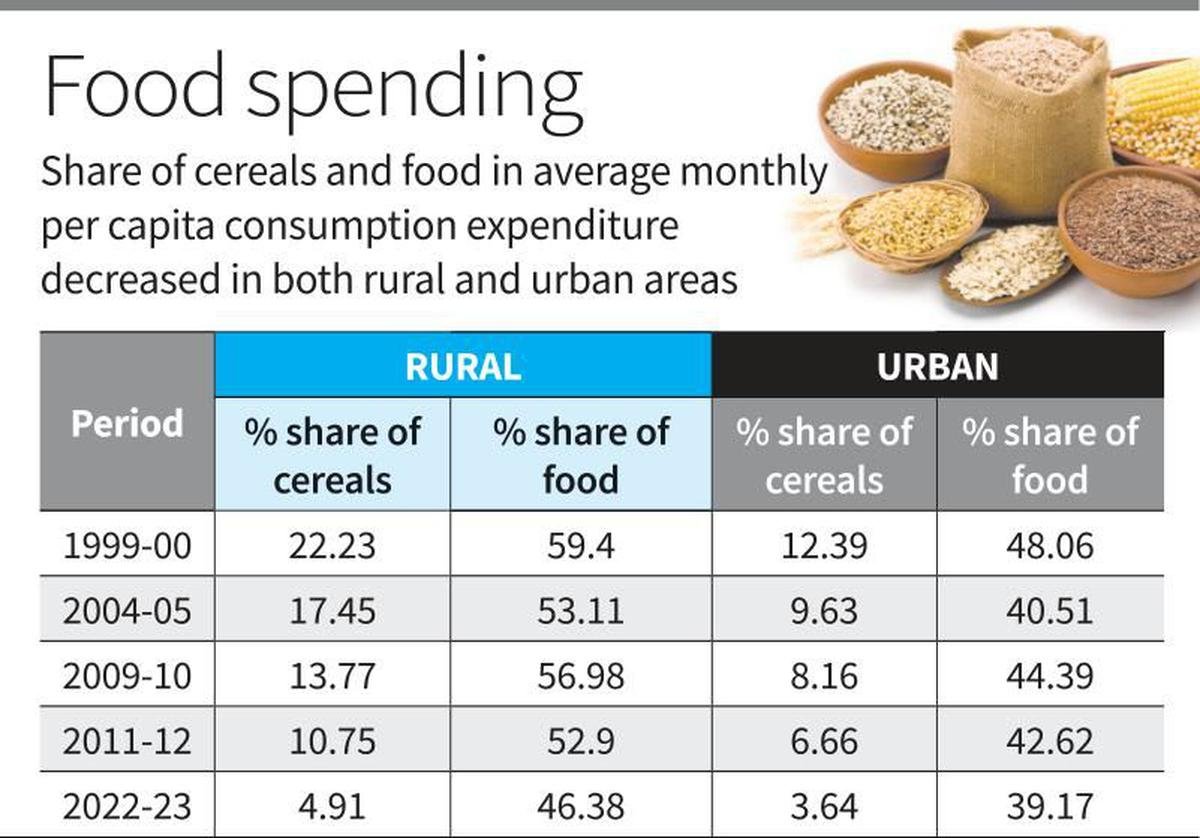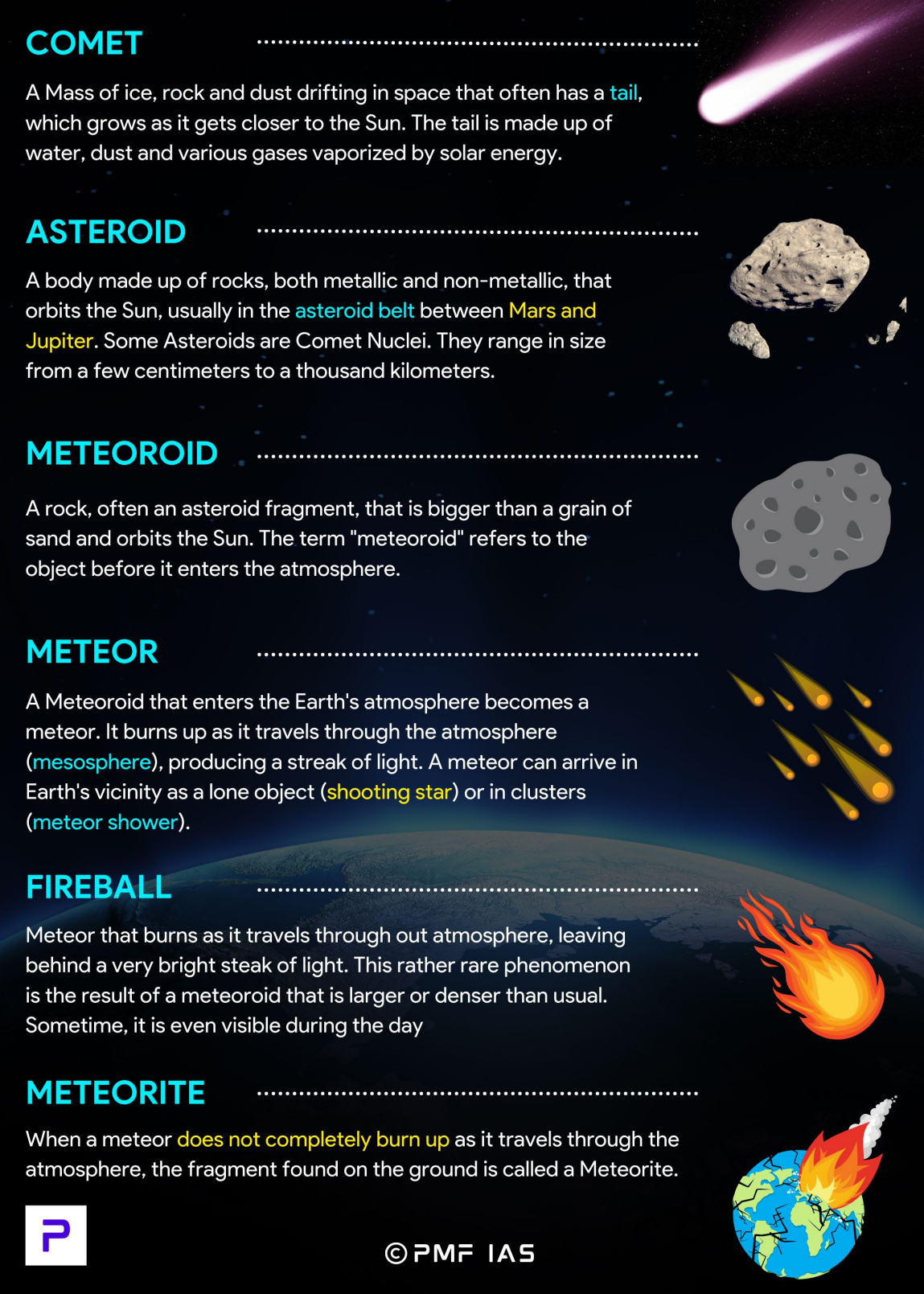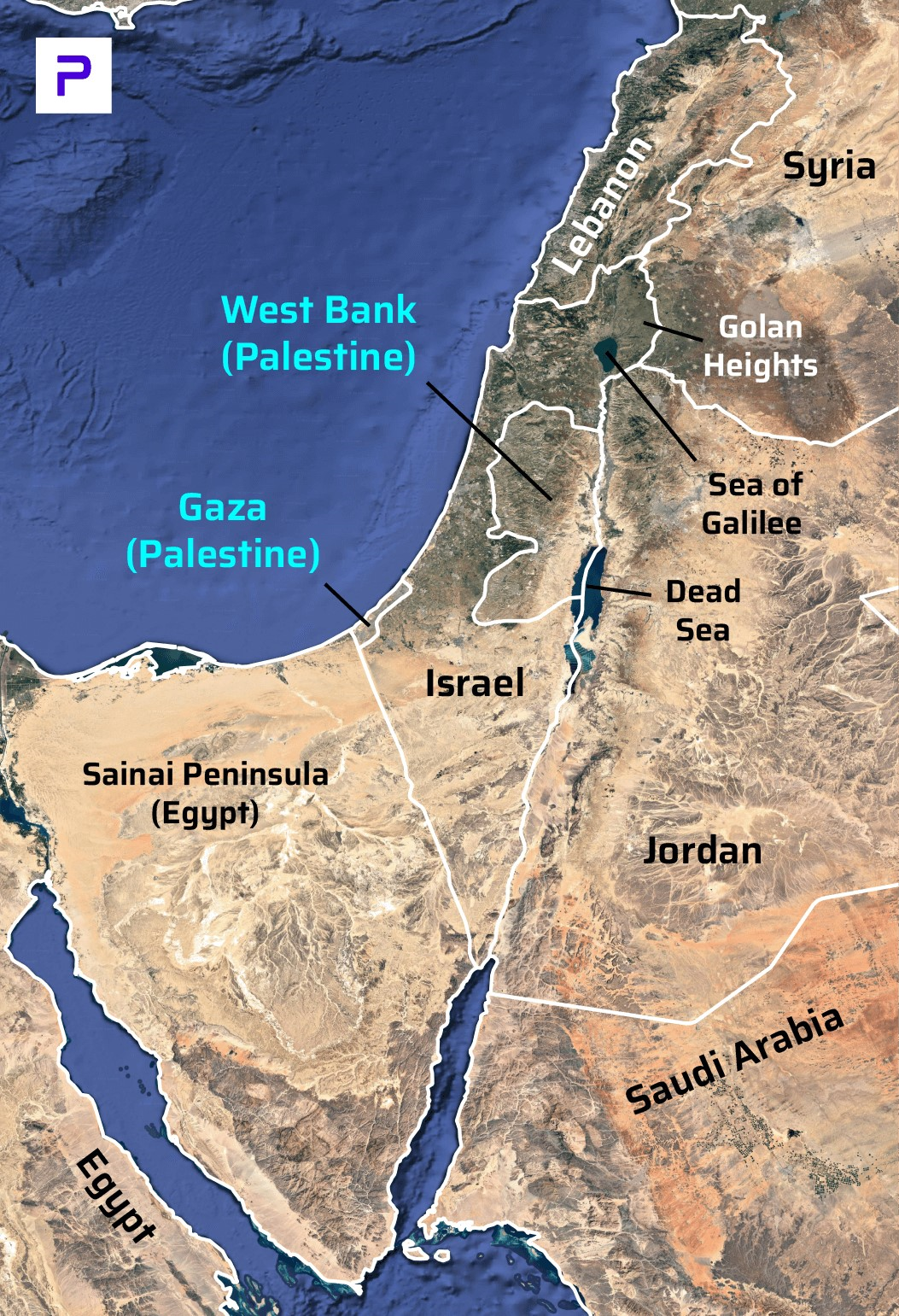
Periodic Labour Force Survey (PLFS)
Subscribe to Never Miss an Important Update! Assured Discounts on New Products!
Must Join PMF IAS Telegram Channel & PMF IAS History Telegram Channel
Periodic Labour Force Survey (PLFS)
- Context (TH I IE): The Ministry of Statistics and Programme Implementation (MoSPI) releases a quarterly bulletin of the Periodic Labour Force Survey (PLFS).
- The PLFS follows a current weekly status approach, where people are considered unemployed if they did not work for at least one hour during the week but actively sought work.
PLFS: Origin and Objective
- The PLFS was initiated by the National Statistical Office in 2017 for frequent labour force data.
- The inaugural annual report was published in 2019, utilising data from July 2017 to June 2018.
- PLFS’s objective is to estimate vital employment and unemployment indicators like the Labour Force Participation Rate every three months in urban areas.
- It also aims to provide yearly estimates for both rural and urban regions.
Key Indicators of PLFS
- Labour Force Participation Rate (LFPR): the percentage of persons in the labour force (working or seeking or available for work) in the population.
- Worker Population Ratio (WPR): defined as the percentage of employed persons in the population.
- Unemployment Rate (UR): UR is the percentage of persons unemployed among the persons in the labour force.
- According to the International Labour Organisation (ILO), unemployment involves being jobless when actively seeking employment. Thus, unemployment is not synonymous with joblessness.
Activity Status
- Usual Status: Usual activity status is determined based on the reference period of the last 365 days preceding the survey date.
- Current Weekly Status (CWS): According to CWS, the labour force is the number of persons either employed or unemployed on average in the week preceding the survey date.
- Usual status unemployment rates will always be lower than CWS rates (because there is a greater probability that an individual would find work over a year compared to a week).
Key Points from the PLFS Quarterly Bulletin (April-June 2023) for Urban Areas
- Labour Force Participation Rate (LFPR): The LFPR for individuals aged 15 years and above was between 46.2% and 47.8% in the pre-pandemic period. However, it rose to 48.8%.
- Worker Population Ratio (WPR): The WPR for the same age group ranged from 41.8% to 44.1% before the pandemic. It increased to 45.5%, exceeding the pre-pandemic figures.
- Unemployment Rate: The unemployment rate for individuals aged 15 years and above was between 7.8% and 9.7% in the pre-pandemic period. It fell to 6%, lower than pre-pandemic rates.
- Employment Trends: Both male and female employment increased in self-employed categories such as own-account worker and helper in the household enterprise.





![PMF IAS Environment for UPSC 2022-23 [paperback] PMF IAS [Nov 30, 2021]…](https://pmfias.b-cdn.net/wp-content/uploads/2024/04/pmfiasenvironmentforupsc2022-23paperbackpmfiasnov302021.jpg)











